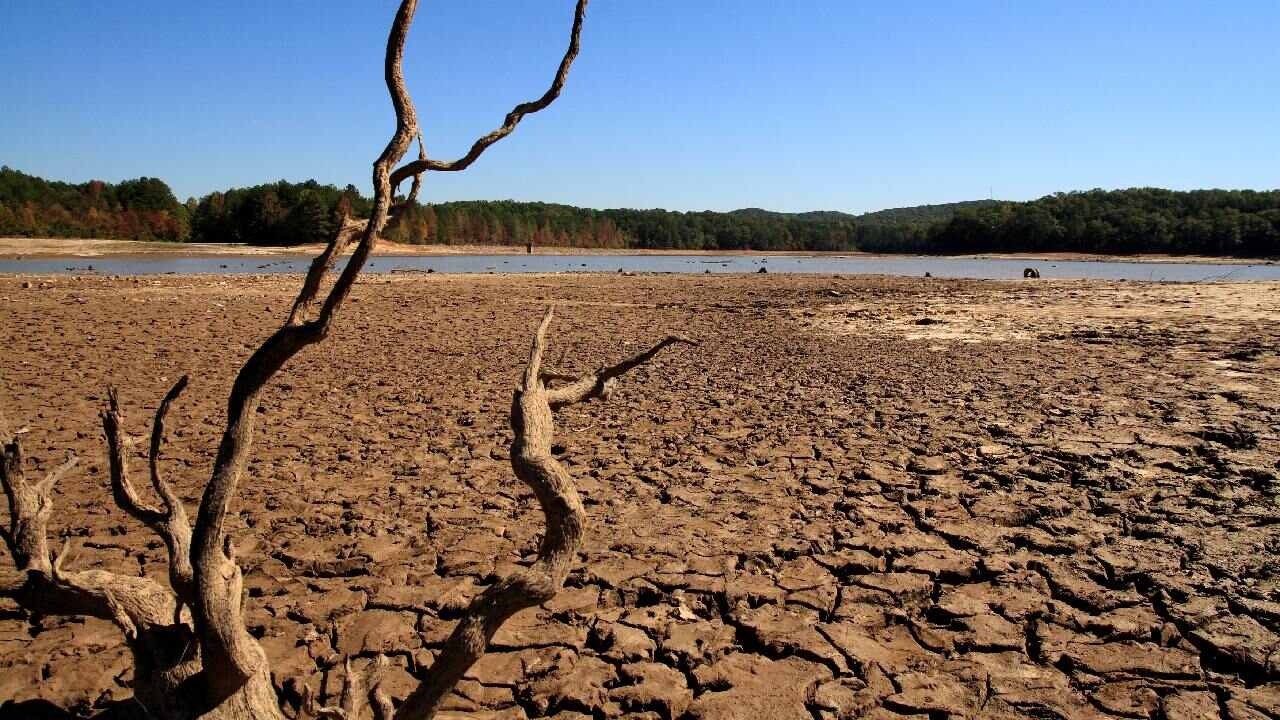Even when it rains, the world is getting drier. This isn’t a paradox – it’s the alarming reality revealed by groundbreaking research published in Nature. Scientists have discovered that the atmosphere’s increasing “thirst” for water is making droughts 40% more severe globally over the past four decades, even in regions where rainfall hasn’t significantly declined.
“Drought is based on the difference between water supply from precipitation and atmospheric water demand,” explains Chris Funk, director of the Climate Hazards Center at UC Santa Barbara and co-author of the study. “Including the latter reveals substantial increases in drought as the atmosphere warms.”
The culprit is something scientists call Atmospheric Evaporative Demand (AED) – essentially how much moisture the air can pull from the Earth’s surface. As global temperatures rise, the atmosphere’s capacity to absorb water increases dramatically, acting like a giant sponge that draws moisture from soils, rivers, plants, and crops faster than it can be replaced.
The study reveals some troubling statistics. From 2018 to 2022, the global land area experiencing drought expanded by 74%, with 58% of that growth directly linked to increased atmospheric thirst rather than reduced rainfall. The year 2022 stands out as particularly concerning – more than 30% of the world’s land experienced moderate to extreme drought conditions, making it the most drought-stricken year in over four decades.
Temperature is the primary driver, accounting for approximately 57-60% of the observed increases in atmospheric thirst. For every degree Celsius of warming, the atmosphere’s capacity to hold water vapor increases by about 7%.
More Post
The Western United States has been hit especially hard. During the severe 2020-2022 drought, atmospheric thirst accounted for 61% of drought severity, while reduced precipitation only contributed 31%. This suggests that even if rainfall patterns remain stable, the atmosphere’s growing demand for moisture can still intensify drought conditions.
“Most of us are familiar with how air temperatures are increasing rapidly, but most people may not realize the connections between this warming and the desiccating influence of the atmosphere,” Funk notes. “In warm areas, raising the temperature by just a couple degrees can dramatically increase the atmosphere’s ability to draw moisture from crops, rangelands and forests.”
This atmospheric thirst affects far more than just water availability. Drier vegetation becomes more vulnerable to wildfires. Farmers face increasing irrigation demands to maintain the same crop yields. Rivers and lakes evaporate faster, threatening water supplies for cities and hydropower generation.
Lead author Solomon Gebrechorkos, a researcher at the University of Oxford, emphasizes the challenge of measuring this phenomenon: “There’s no direct way to measure how ‘thirsty’ the atmosphere is over time. So, we used high-resolution climate data and applied the most advanced models for atmospheric evaporative demand.”

The findings highlight the urgent need for drought monitoring systems that consider atmospheric thirst, not just rainfall deficits. Without accounting for AED, communities risk underestimating their true drought risk as temperatures continue to rise.
Adaptation strategies exist but require implementation. Farmers can adopt micro-irrigation or use water-retentive soil treatments to offset increased evaporation. Cities and regions need comprehensive water management plans that account for both rainfall patterns and the atmosphere’s growing thirst.
The message is clear: in a warming world, even when the rain keeps falling, the invisible pull of a thirstier atmosphere is silently intensifying droughts across our planet.


















